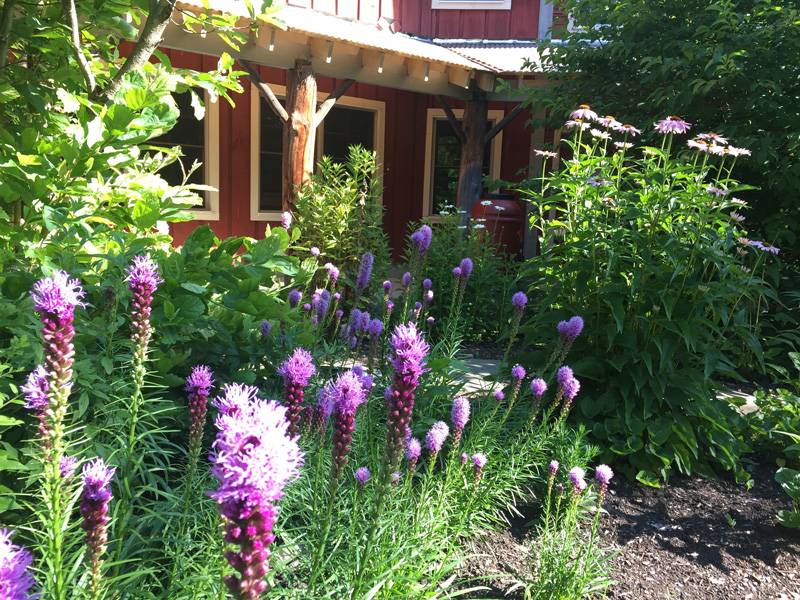
Beneficial insects that include what we typically consider pollinators (i.e. bees, butterflies, etc.) are essential for human health, food production, and wildlife management. Pollinators are responsible for $18-27 billion in the US food industry. Simply stated, no pollinators equal no food, and there is an unprecedented scale of habitat loss occurring in this country which is directly affecting their number. The loss is stemming from varying factors including eliminating habitat and food sources, the disconnected urban landscape, and the use of pesticides including Neonicotinoid which can kill off pollinators for a long time. Never mind how bad it is for us humans!
“The decline across insect orders on land is jaw-dropping,” says Michigan State University butterfly expert Nick Haddad, “Ongoing decline on land at this rate will be catastrophic for ecological systems and humans. Insects are pollinators, natural enemies of pests, decomposers and besides that, are critical to the functioning of all Earth’s ecosystems.”
We make an effort with every landscape design to mitigate the loss factor through native planting efforts, land management, and the reduction or elimination of pesticides. These efforts are key to keeping our local ecosystems and humans healthy. Here are some smart strategies for pollinator enhancements in landscape design:
Switch to Organic Lawn Management
- To establish green space, utilize organic soil which allows for the decomposition of organic matter and stabilizing carbon. This healthy soil will support pollinators in the environment.
- Have your maintenance crews mow high and keeping mower blades sharp.
- Mix in clover into the lawn as a way to not only support pollinators but fertilize the lawn at the same time. Clover will help fix Nitrogen in the soil and acts as a continuous fertilizer plant. Micro-clovers will blend in with the grass for a seamless look while the good old Dutch White clover has charm.
- Try planting native grasses instead of grass seed. Gives a great look, less maintenance, and adds visual interest year-round.
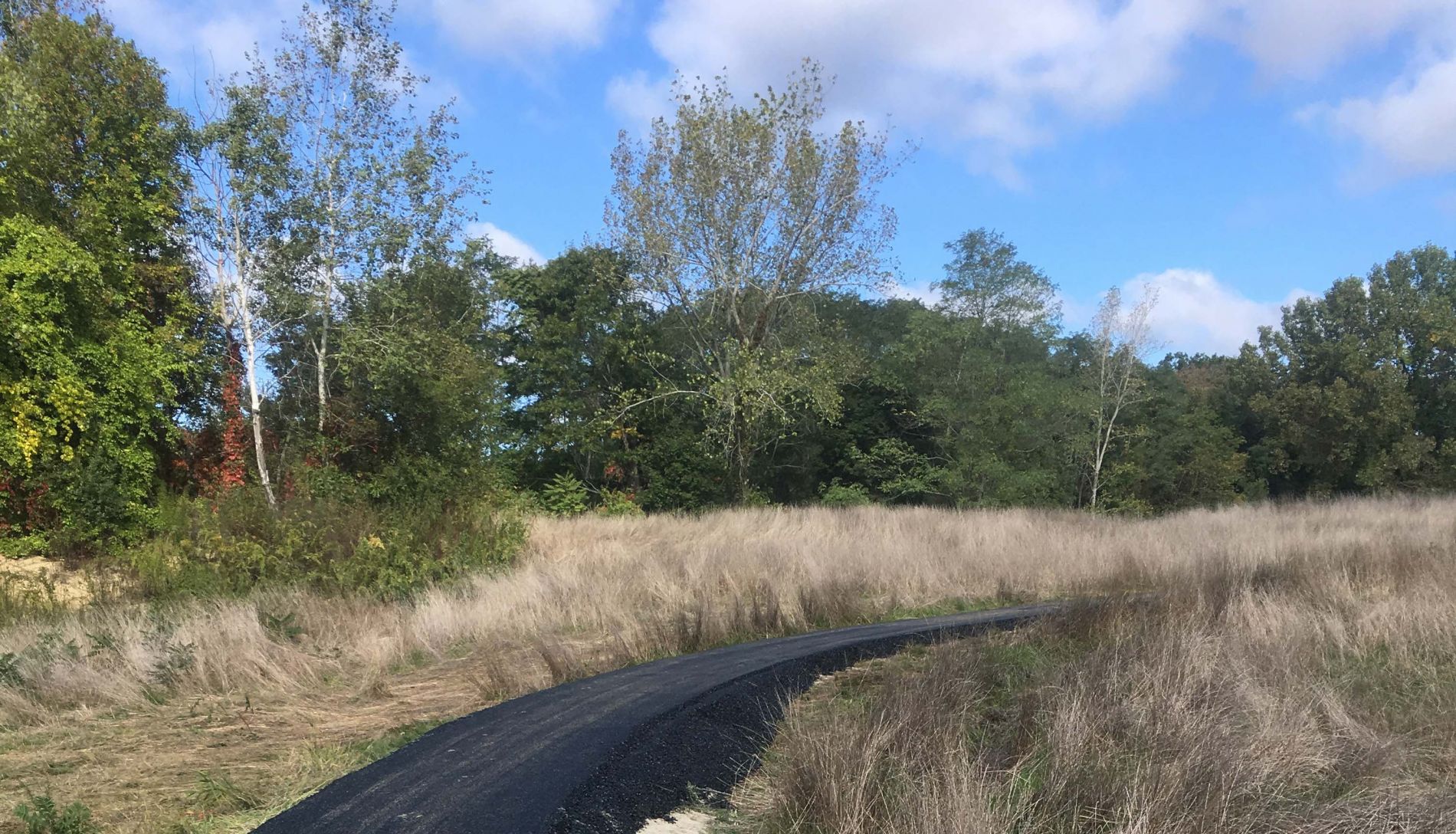
- Use organic fertilizers, weed control, and weed killers. Just because they are organic doesn’t mean they are less effective. Instead, organic fertilizers release slowly to revitalize the ecosystem of your lawn. Chemical fertilizers inherently strip your soil of the nutrients your lawn needs, this includes microbes and earthworms. There are plenty of effective, organic weed-eliminating options that are safe to use around children, pets, and even vegetables – and won’t build up in your soil.
Use Native Plants Whenever Possible
Food sources for pollinators include native host plants that larvae eat and flowers that supply nectar and pollen to adult pollinators. These plants also thrive in our local habitats and ecoregions.
- Plant Oaks, Maples, and Willow which all support pollinator caterpillars.
- Flowering shrubs will attract bees and butterflies. Some great shrubs for the northeast include Pussywillow, Button Bush, Rhododendrons and Azaleas, Spicebush, Lilacs, and Ninebark.
- Native Hydrangeas such as the Annabelle Hydrangea the smooth Hydrangea (Hydrangea arborescens), the oakleaf Hydrangea (Hydrangea quercifolia), and the silverleaf Hydrangea (Hydrangea radiata) all supply pollen to bees. The non-native blue and pee gee hydrangeas are popular but have sterile flowers that don’t offer any food to a pollinator so pick a native hydrangea when you can.
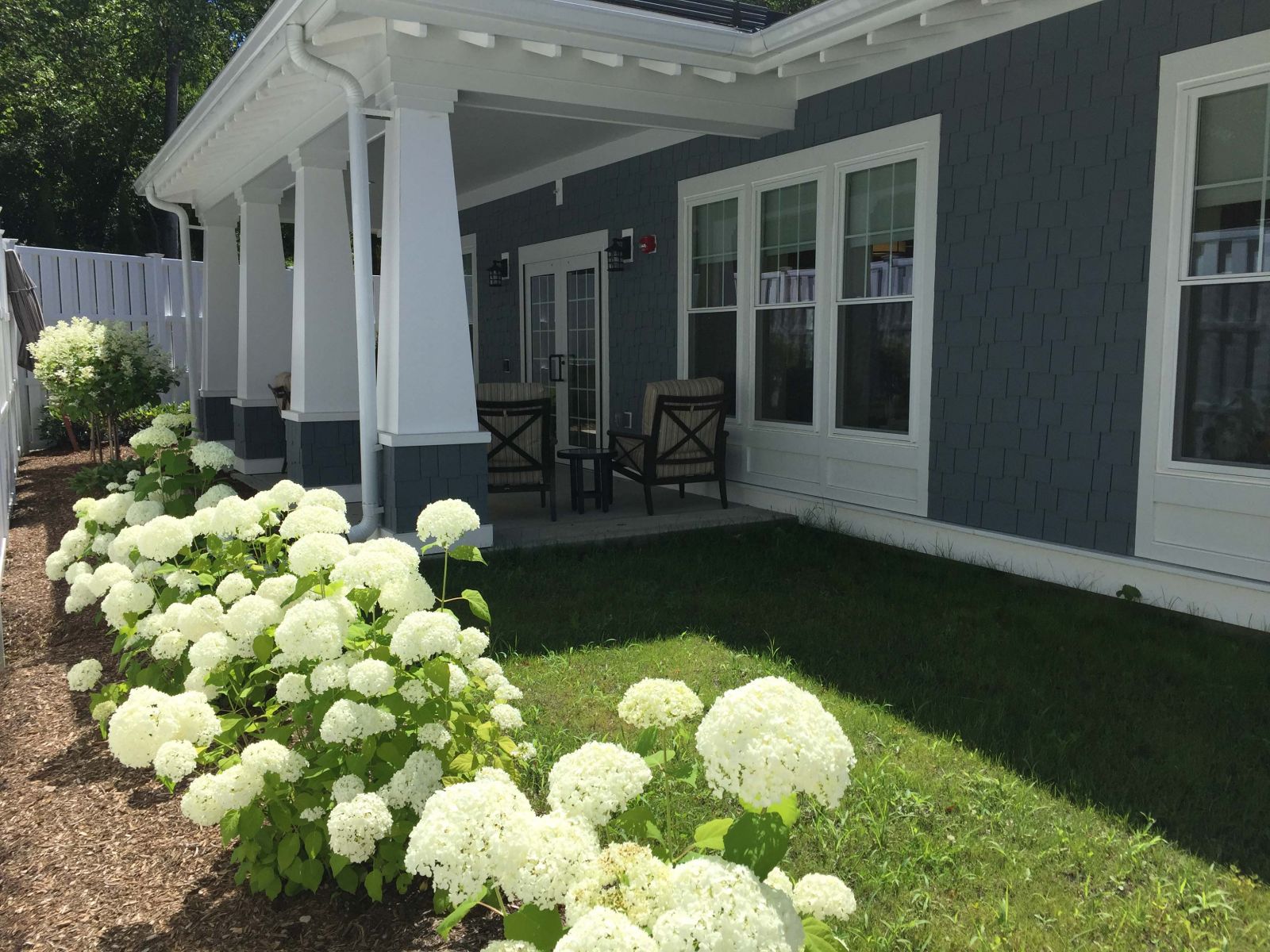
Plant Specific Perennials to Attract the Adult Pollinators – Butterflies!
- There are three types of Milkweed you can try to attract Monarch Butterflies. Butterfly Milkweed (Asclepias tuberosa) is bright orange and is great in the shrub/perennial border in a hot dry sunny location. Rose Milkweed (Asclepias incarnata) is pink to white and is a great addition to a sunny, moist soil location. Traditional Milkweed (Asclepias syriaca) is great in meadow plantings but it spreads so it isn’t for most commercial applications. It does attract the most Monarchs and has large leaves for the caterpillars to feed on.
- Swallowtail butterflies love Lilacs to lay their eggs on and for the nectar too. Spicebush Swallowtail Butterflies only reproduce on the Spicebush but the adult will visit many flowers.
- Bee Balm (Monarda Didyma) is a great perennial for all pollinators including hummingbirds. Wild Bee Balm (Monarda Fistulosa) is a lavender color and is a hearty plant. There is a new hybrid called “Claire Grace” which is great naturalized or in a rain garden.
- Blazing Star (Liatris spicata) and good old Black-Eyed Susan (Rudbeckia fulgida) are also wonderful host plants and pollen sources.
- Many bee-friendly plants include herbs such as Lavender and plants in the mint family. Agastache and Catmint and wonderful food for bees.
- Perennials that have nectar in late summer or autumn give pollinators a boost before migration or winter. These include Asters, Sedums, Obedient Plant, and Rudbeckia.
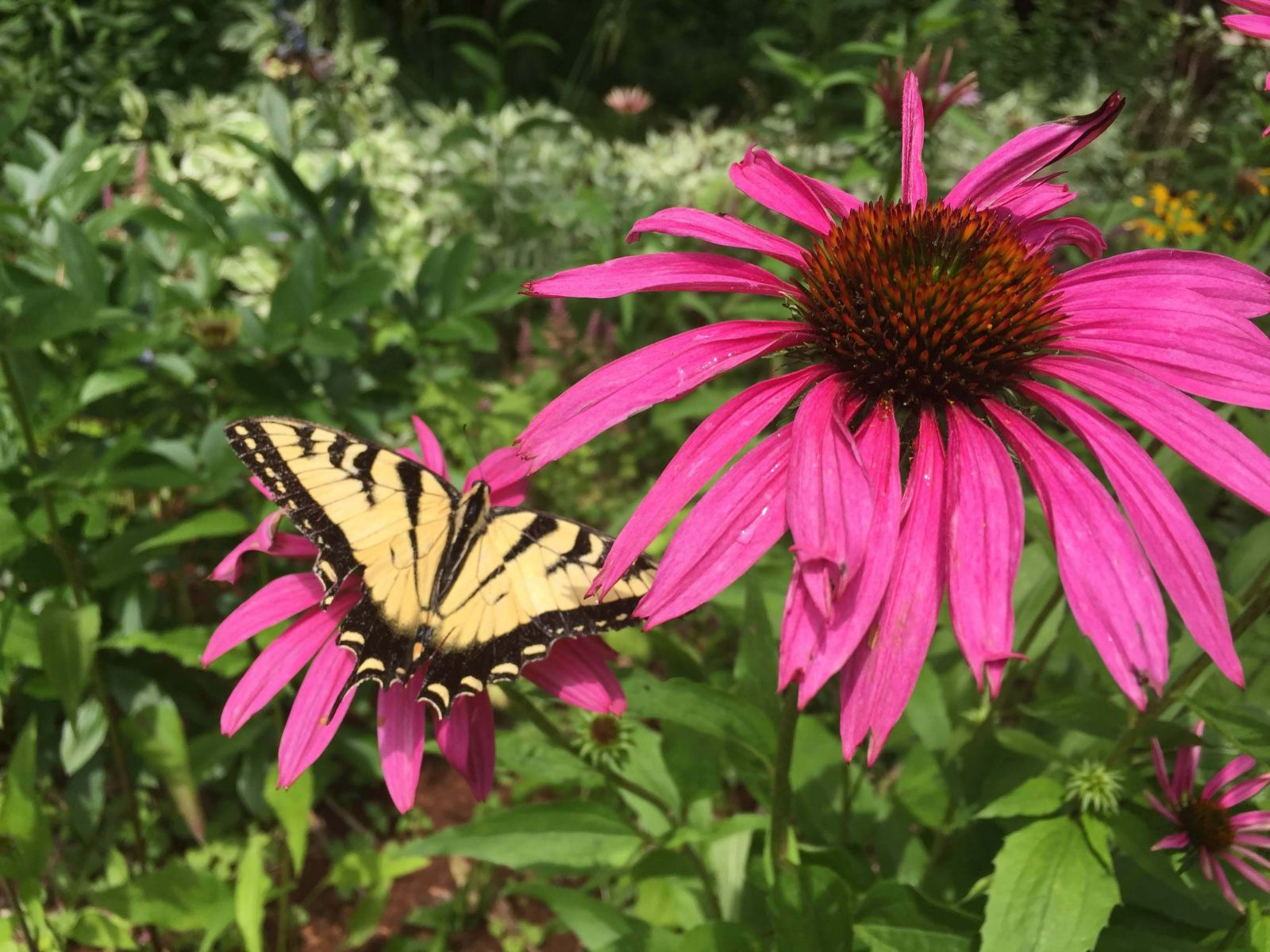
Use Wildflowers in the Commercial Landscape.
Wildflower meadows are prime pollinator habitat, but we’ve lost 97% of them since the 1930s. While it seems impossible to create open meadows in commercial settings, establishing a wildflower area is possible, and can reduce the maintenance cost exponentially.
- Use in public highways and parks can enhance our diverse native landscape on both a visual and ecological level.
- Once established in their preferred habitat, they usually require very little attention, providing years of carefree beauty.
- Cheap wildflower mixes will fizzle out after the first year and leave you with a field of weeds instead so be picky about the mix.
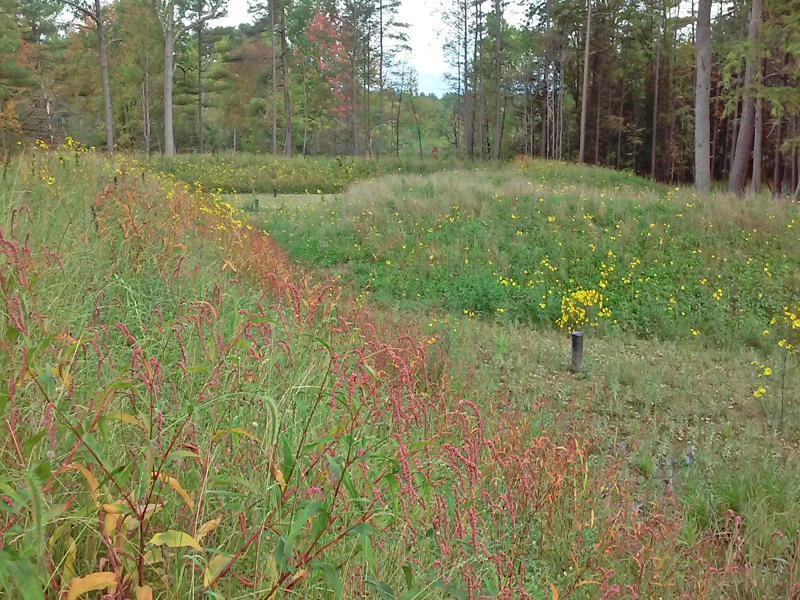
We hope that you have gotten some inspiration and try implementing some of these elements into your next project. Remember a landscape architect can be your greatest ally in taking the guesswork out of what to choose and where to source your materials, so if you ever need a resource we are here to assist.
